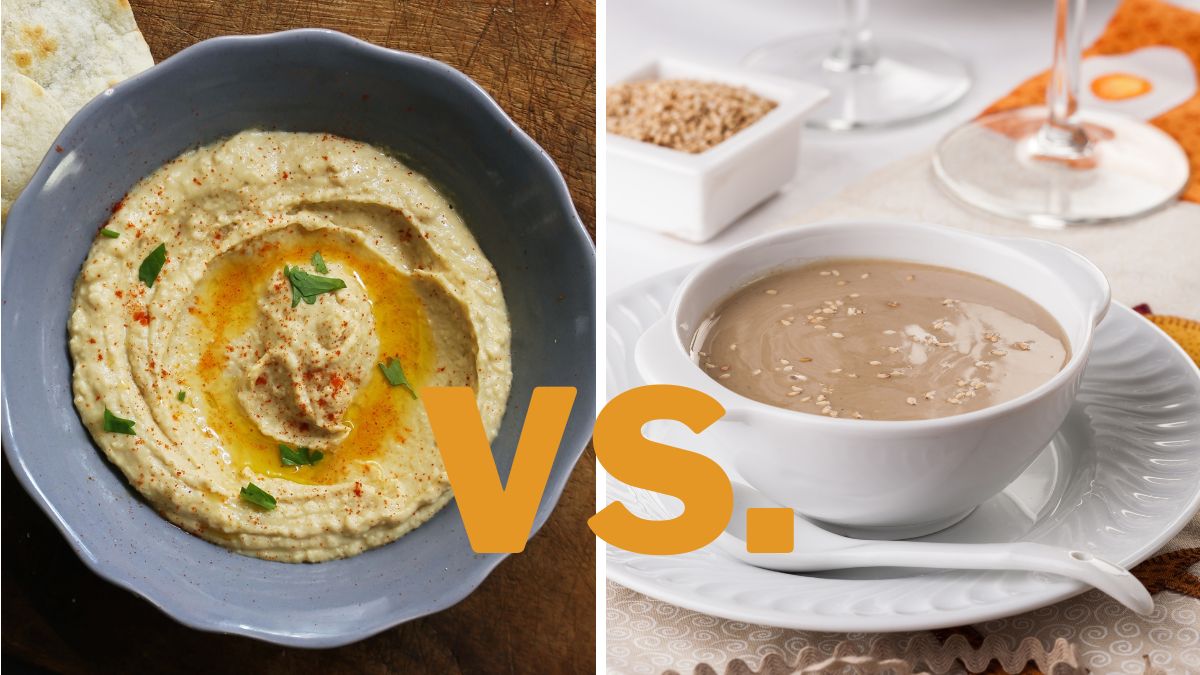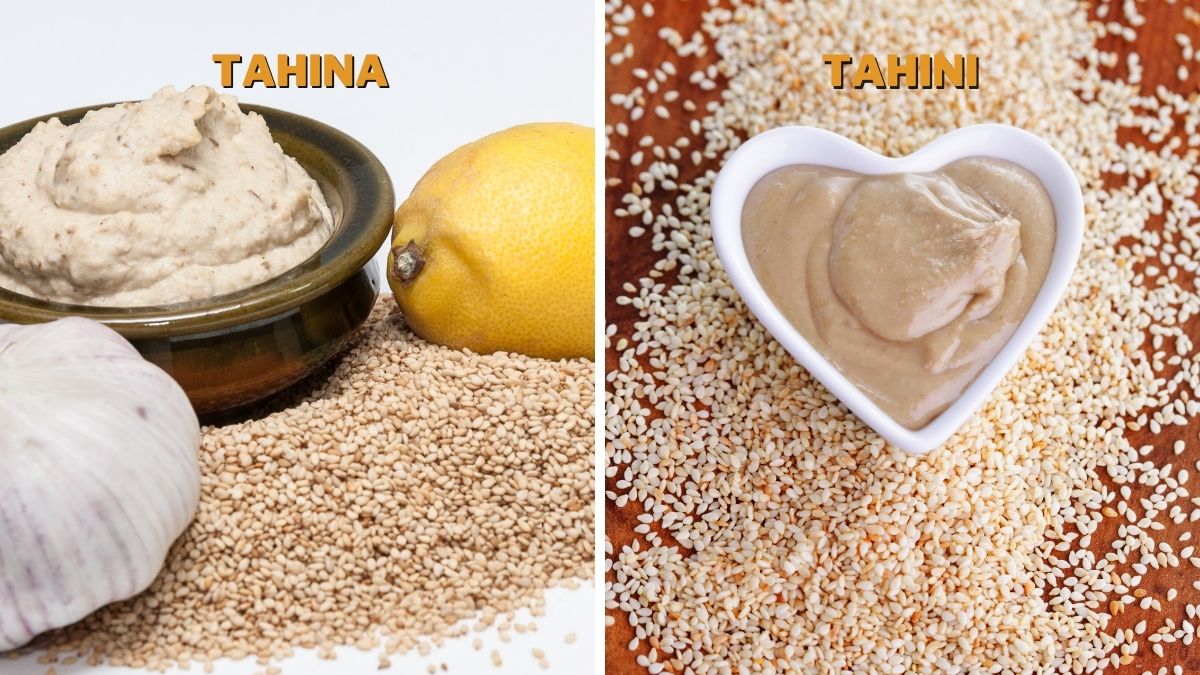Tahina vs. Tahini: Are They the Same?

As a lover of Middle Eastern cuisine, I’ve always been fascinated by the various ingredients used in this cooking style. From sumac to za’atar, there are so many fascinating flavors to explore. One ingredient I’ve been curious about is tahini – or, as some people call it, tahina. So, what do we really know about these two similar-sounding ingredients? Are tahina and tahini the same thing?
There is a crucial distinction between tahina and tahini, yet they are very much related – tahina being a product of tahini. Tahini is a puree made from sesame seeds, while tahina is a sauce or paste made of ground tahini and other ingredients like lemon, garlic, and spices.
In this article, I’ll be exploring the facts to answer the essential questions about the similarities and differences between tahina and tahini. Let’s explore.
What Is the Difference Between Tahina and Tahini?
Have you ever been confused when you hear people talking about tahini? Does it sound like they’re talking about two different things but using the same word?
The answer to the question of “Is tahina the same as tahini?” is both yes, and no. While they’re both made from ground sesame seeds, they are used differently in cooking and have different textures and flavor profiles.
Tahini is made from ground hulled sesame seeds, whereas tahina is made from ground unhulled sesame seeds, which explains why they have different textures. Tahini has a smooth, creamy paste-like consistency due to its hulled sesame seeds, while tahina has a more grainy texture because of the unhulled variety. Furthermore, this difference affects their taste.

In terms of taste, both tahina and tahini can offer a unique flavor depending on how they’re used in recipes.
Tahini tends to be slightly more bitter than tahina, often described as nutty and sweet. To make tahina, you usually add some lemon, garlic, and spices to create a fuller taste. Ultimately though, it all comes down to personal preference and what you’re looking for in terms of taste and texture.
When it comes to the debate of tahina vs. tahini, one of the most common questions is whether or not one is healthier than the other. So, what’s the verdict?
Regarding nutritional value, both tahini and tahina have similar benefits. Both are packed with essential fatty acids, vitamins A and E, calcium, iron, and protein – all of which contribute to a healthy lifestyle. [1]
What Do You Use Tahini For?
So, now you know what the difference between tahini and tahina is. But what do you use them for?
Tahini adds a nutty, creamy flavor to many different dishes. It’s often used in both savory and sweet recipes, including hummus, falafel, baba ganoush, tabbouleh, and halva. You can also use it to make a delicious dressing – simply mix it with lemon juice and seasonings.
You can also use it as part of a marinade for grilled dishes like lamb or chicken – the possibilities are almost endless!
